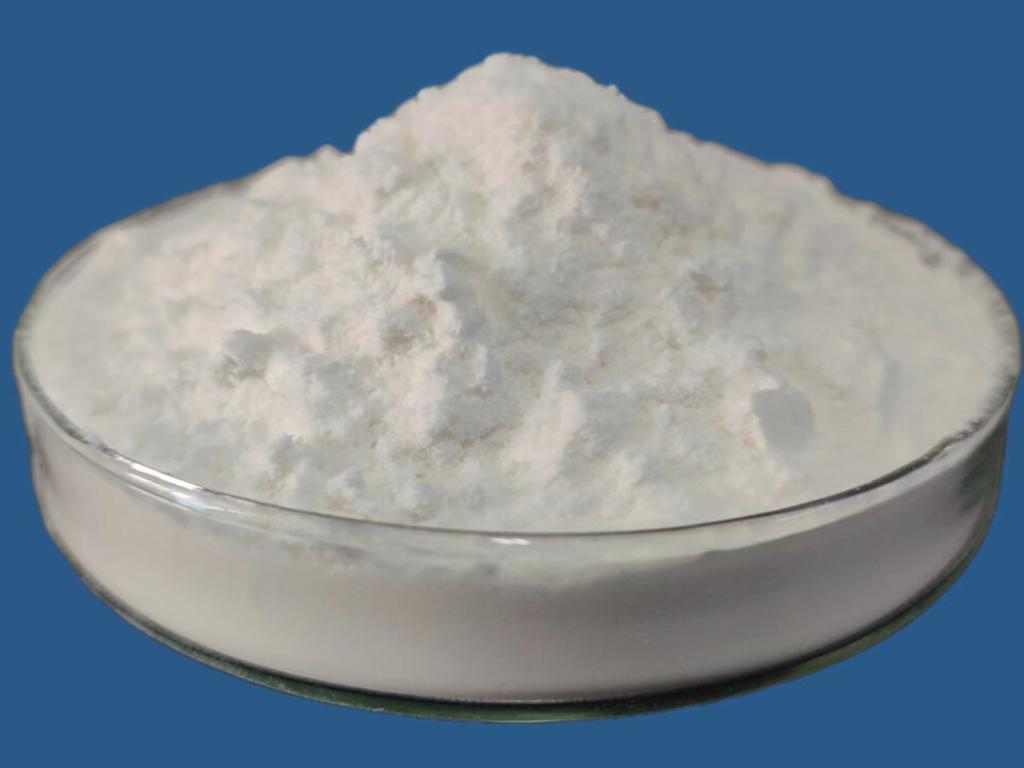Tel:+8618231198596

News
 CONTACT
CONTACT
 CONTACT
CONTACT
- Linkman:Linda Yao
- Tel: +8618231198596
- Email:linda.yao@dcpharma.cn
- Linkman:CHARLES.WANG
- Department:Overseas
- Tel: 0086 0311-85537378 0086 0311-85539701
News
Current Position:
Home >
News
>ε-Polylysine Hydrochloride's Role in Reducing Contaminants in Herbal Products
ε-Polylysine Hydrochloride's Role in Reducing Contaminants in Herbal Products
TIME:2024-01-31
I. The Growing Demand for Herbal Products:
The increasing interest in herbal products is driven by a global shift towards natural and alternative healthcare options. Consumers seek remedies derived from plant-based sources, believing in their potential to promote well-being and address various health concerns. However, the rising demand for herbal products also underscores the importance of ensuring their safety, quality, and freedom from contaminants.
II. Contaminants in Herbal Products:
Contaminants in herbal products can arise from various sources, including soil, water, and improper handling during cultivation, harvesting, and processing. Bacteria, molds, and other microorganisms can proliferate in herbal materials, posing risks to consumers. Ensuring the reduction of these contaminants is crucial for maintaining the safety and efficacy of herbal products.
III. The Need for Antimicrobial Solutions:
Traditional methods of preserving herbal products, such as drying and powdering, may not always be sufficient to eliminate or inhibit the growth of contaminants. As a result, there is a growing need for innovative antimicrobial solutions that can address these challenges without compromising the natural and holistic qualities of herbal remedies.
IV. ε-Polylysine Hydrochloride: An Overview:
ε-Polylysine Hydrochloride, derived from microbial fermentation, is a naturally occurring antimicrobial polymer. Its unique molecular structure, composed of lysine residues linked by ε-amino bonds, imparts potent antimicrobial properties. Recognized primarily for its role in food preservation, ε-Polylysine Hydrochloride is now being explored for its potential in reducing contaminants in herbal products.
V. Antimicrobial Mechanisms of ε-Polylysine Hydrochloride:
The antimicrobial action of ε-Polylysine Hydrochloride is rooted in its ability to disrupt microbial cell membranes. This mechanism is effective against a broad spectrum of microorganisms, including bacteria, molds, and certain viruses. ε-Polylysine Hydrochloride's selectivity towards pathogens makes it an attractive candidate for reducing contaminants in herbal products.
VI. Application Methods in Herbal Product Preservation:
The application of ε-Polylysine Hydrochloride in herbal product preservation involves incorporating it into various stages of production. This includes treatment during cultivation, processing, and packaging. Its efficacy in inhibiting the growth of contaminants ensures that herbal products remain free from harmful microorganisms throughout their lifecycle.
VII. Preservation During Cultivation and Harvesting:
Contamination can occur early in the cultivation and harvesting stages of herbal products. By integrating ε-Polylysine Hydrochloride into soil treatments or irrigation systems, the risk of bacterial and fungal contamination in the growing environment can be mitigated. This preventative approach contributes to the overall quality of herbal materials.
VIII. Processing and Manufacturing Applications:
During processing and manufacturing, herbal products are susceptible to contamination from the equipment, air, and personnel involved. Incorporating ε-Polylysine Hydrochloride into processing steps, such as drying, milling, or extraction processes, can act as a safeguard against microbial growth, ensuring that contaminants are minimized without compromising the herbal properties.
IX. Packaging and Shelf-Life Extension:
Packaging is a critical factor in maintaining the quality and safety of herbal products. ε-Polylysine Hydrochloride can be integrated into packaging materials or applied as a coating to prevent the growth of contaminants during storage. This contributes to the extension of shelf life, allowing herbal products to remain viable and safe for consumption over an extended period.
X. Compliance with Regulatory Standards:
As herbal products gain prominence in global markets, adherence to regulatory standards becomes imperative. The use of ε-Polylysine Hydrochloride in reducing contaminants aligns with regulatory requirements for product safety. Its natural origin and compatibility with clean-label trends position it favorably in meeting the stringent criteria set by regulatory bodies.
XI. Case Studies and Efficacy:
Several case studies and trials have explored the efficacy of ε-Polylysine Hydrochloride in reducing contaminants in herbal products. These studies have demonstrated its ability to inhibit bacterial and fungal growth without altering the chemical composition or therapeutic properties of the herbal materials. Such findings substantiate its potential as a reliable antimicrobial solution.
XII. Consumer Confidence and Quality Assurance:
The incorporation of ε-Polylysine Hydrochloride in herbal product preservation not only addresses safety concerns but also contributes to enhancing consumer confidence. As consumers become more discerning about the quality and safety of herbal remedies, products treated with ε-Polylysine Hydrochloride may enjoy a competitive advantage in the market.
XIII. Challenges and Future Considerations:
While ε-Polylysine Hydrochloride holds promise in reducing contaminants in herbal products, challenges such as optimal dosage, compatibility with different herbal materials, and cost considerations require further investigation. Continued research efforts will refine application methods and dosage precision, ensuring its practicality and effectiveness across diverse herbal products.
XIV. Conclusion:
ε-Polylysine Hydrochloride's role in reducing contaminants in herbal products signifies a significant step forward in ensuring the safety and quality of natural remedies. As the demand for herbal products continues to grow, innovative solutions that address contamination challenges become increasingly crucial. ε-Polylysine Hydrochloride's natural origin, antimicrobial efficacy, and compatibility with herbal materials position it as a promising tool in the quest for safe, high-quality, and sustainable herbal products.
- Tel:+8618231198596
- Whatsapp:18231198596
- Chat With Skype







